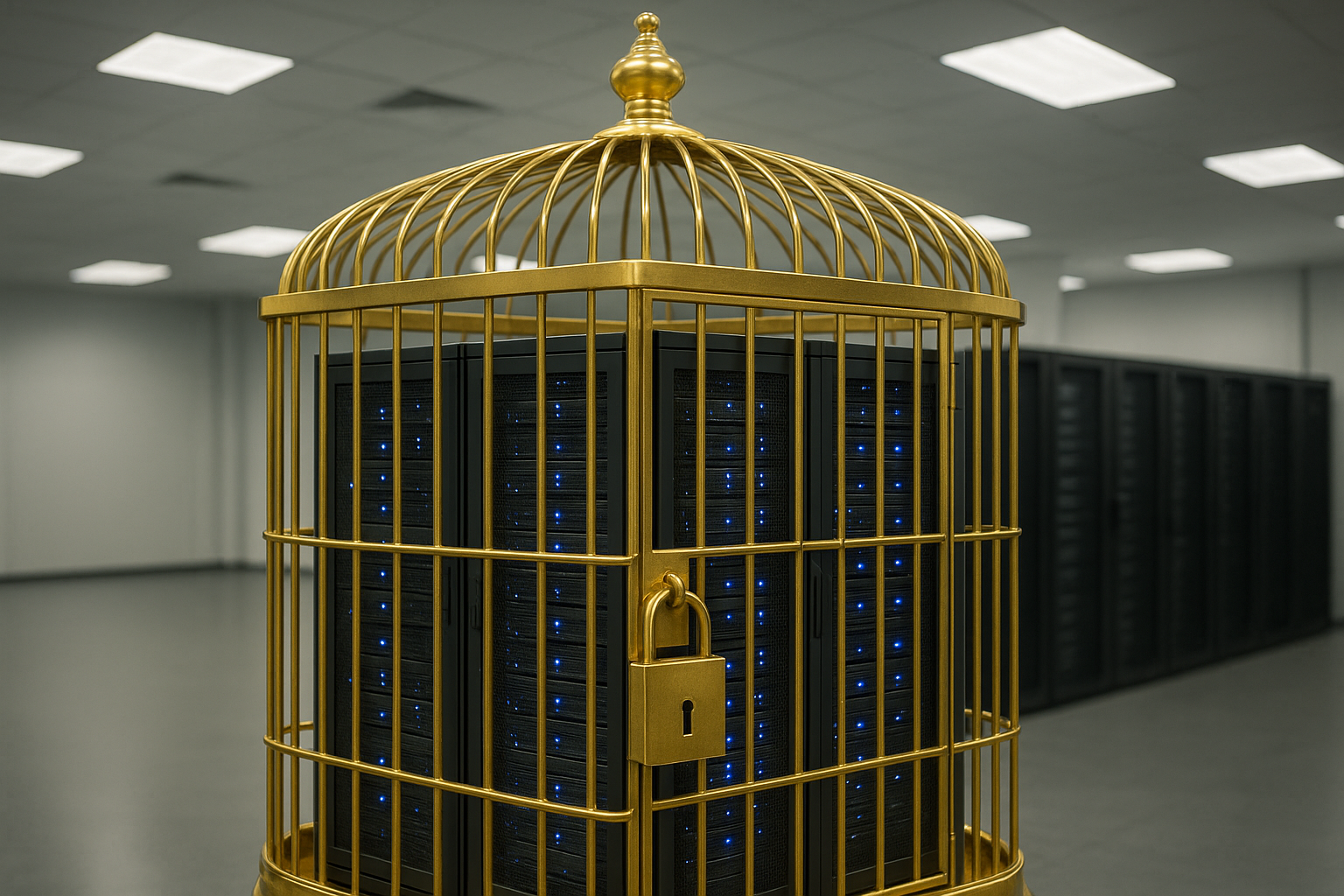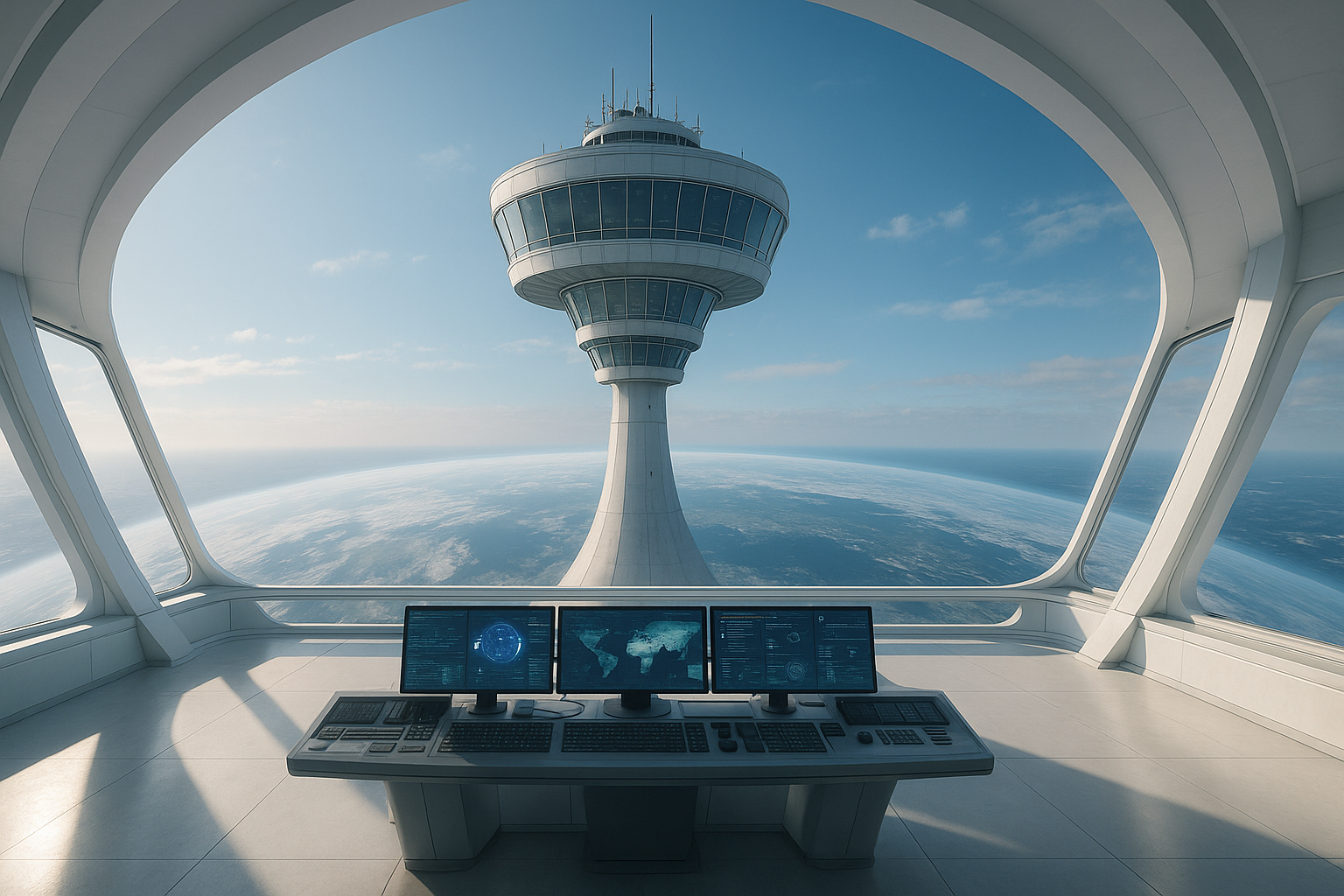The splendor of past empires
First, it was the Dutch who conquered the world with their ships and controlled global trade. Then came the French and English, who established colonial empires and secured trade routes with military force. For centuries, Europe was the center of economic and political power because it dominated trade – and thus the flow of capital and resources.
Those glory days are long gone. After two world wars, the US took over the role of guarantor of global trade. It kept sea lanes open, secured the dollar as the world currency, and created the infrastructure that made global trade possible with Bretton Woods, the IMF, and the WTO. But unlike the Europeans before them, the Americans no longer participated directly in every transaction. They did not build an empire of ports and trading posts, but controlled trade indirectly – as system architects and arbitrators.
Today, the logic is shifting once again. In the 21st century, global power is no longer determined by control of trade routes, but by the ability to scale. Those who master industrial production and artificial intelligence on a large scale control capital flows, innovation, and ultimately: geopolitical influence. Welcome to the century of scaling.
Scaling as a new principle of power
What does scaling mean? Essentially, it is about achieving exponential learning curves through mass and technology. The economic law behind this is Wright’s Law: With each doubling of cumulative production, costs fall by a predictable percentage. Those who scale learn faster, produce more cheaply, become more efficient – and attract more and more capital.
China has perfected this principle. Nicolas Colin (Source) summed it up in his latest analysis: China’s industrial dominance is no longer based on low wages, but on the Marshallian Trinity – a dense mass of engineers, rapid access to capital, and modern infrastructure, all supported by state-orchestrated institutions. This has created a self-reinforcing industrial ecosystem.
The figures are clear: China controls 32 percent of global industrial production, while the US controls only 15 percent. By 2030, the gap will widen to 40 percent to 11 percent. China produces thirteen times as much steel as the US, builds 232 times more ships by tonnage, and supplies 60 percent of all global electric cars. It consumes 30 percent of the world’s electricity and adds more solar capacity annually than the US has installed in its entire history. Every year, 1.6 million engineers enter the Chinese economy, while America produces more lawyers than engineers.
This scaling is not just an industrial phenomenon. It is geopolitical currency. Those who build entire industries at scale can dictate world market prices, set standards, and direct capital flows.
Europe in an industrial dilemma
And Europe? At first glance, industry is still strong. In 2023, Germany exports machinery worth 66.8 billion euros, northern Italy shines with luxury goods and special machinery, Scandinavia with cleantech, and France maintains nuclear industry expertise. Twenty-four percent of the European economy is based on industry, compared to 11 percent in the US.
But the reality is deceptive. Europe’s share of global industrial value added fell from 27 percent in 2000 to 16 percent in 2014 – and continues to decline. China’s steel production now exceeds Europe’s sixfold.
Europe is strong where scaling matters least: in customized machinery, in the luxury segment, and in specialized engineering. A German machine tool manufacturer sells not only a device, but years of consulting and service. That is valuable – but it does not scale. Fragmentation exacerbates the problem: different languages, regulations, and markets force customized solutions.
France’s nuclear program illustrates the pitfall: standardization made it possible to build 58 reactors efficiently domestically. But this model collapsed in the export market because each market demanded its own specifications. Economies of scale evaporated and costs exploded.
Added to this is the structural imbalance in the Eurozone. In the south, high unemployment is blocking industrial capacity, while in the north, wage pressure is keeping demand low despite strong exports. A common currency area that doesn’t really suit anyone. Europe is strong in niches – but weak in the logic of scaling.
AI as a new arena for scaling
While China dominates through industrial mass, the US has opened up a new battlefield: artificial intelligence.
The Americans control the entire value chain: chips from NVIDIA, foundation models from OpenAI, Anthropic, Google, and Meta, data platforms such as Snowflake and Databricks, and enterprise operators such as ServiceNow and Figma. Add to that a financial system that pumps billions into new AI players in just a few months. AI is not a fringe technology – it is the new operating code of the economy.
China is pursuing a different path. Despite US sanctions on high-end chips, it is massively integrating AI into production, supply chains, and mass markets. It is using data abundance and economies of scale to drive applications forward, even if the basic models remain technologically behind the US level.
And Europe? Left behind. No globally relevant champion in chips or foundation models. Fragmented markets, too little capital, overregulated by the AI Act. The danger: Europe is becoming a consumer of American and Chinese systems – and no longer a designer.
But AI is not just technology. It is the new lever for scaling. Those who control AI can compress learning curves, accelerate production processes, and reorganize entire industries. In the century of scaling, AI is the universal factory machine – and Europe is not even on the playing field.
Europe’s cacophony and lack of ambition
The biggest problem is not technology, but structure. Europe does not speak with one voice. Instead of a strategic project, individual national interests, a regulatory patchwork, and political self-blockades prevail.
Brussels manages to regulate data protection down to the last pixel, but fails to formulate an industrial vision. National politics thinks in terms of election cycles, not generations. The Euro compromises paralyze any adaptation. Europe’s reality is a cacophony – while the US and China act with a clear voice.
Germany and France are stuck in a system of redistribution that is intended to maintain calm in the short term but stifles any momentum in the long term. Politicians and associations appease and conceal the dramatic nature of the situation from citizens – out of fear that the illusion that we can “carry on like this for a few more years” might be shattered.
What we must want – an alliance of doers
Europe could select a third route. Nicolas Colin (Source) describes the potential: connecting startups (new industrials) and established industry champions (legacy industrials) to form a new industrial network. AI can help compress learning curves even without mass scaling. Cluster formation, patient capital, and new production models are available – on paper.
But paper is not enough. We must want this.
It won’t work with the current EU structure. Too much regulation, too much discordant noise, too little creative will. We may not call for the state – we already have too much state. We must rid ourselves of the illusion that politics will save us or do our thinking for us.
Anyone who wants to secure the future of Europe and Germany must forge an alliance of doers: entrepreneurs, industry, investors, and tech startups who build structures beyond politics that really work.
And we should not be satisfied with the dream of the “hidden champion.” What we need are capital market-ready structures: companies that are listed on a strong European stock exchange and have the same appeal as Nasdaq or Wall Street. No small fry, no mediocrity. We need megalomaniacal, visionary entrepreneurs and doers who want to conquer and change the world.
Because in tomorrow’s world, small and medium-sized enterprises will no longer create resilience – they simply do not allow for scaling.
It’s not about national industrial strategies, not about the lowest common denominator in Brussels. It’s about those who act and want to act – and are willing to take responsibility. An alliance that merges AI and industry, not as a regulatory project, but as an entrepreneurial project. This is the only way to create a third route – beyond the US platform logic and the Chinese mass scale.
Conclusion: Europe’s decision in the century of scaling
History teaches us that power follows those who control the infrastructure of the age. The Dutch controlled shipping. The English controlled trade routes. The US controlled global finance and the open trading system. Today, China controls industrial mass production – and the US dominates AI.
And Europe? It must decide. Either it remains a spectator, trapped in a national cacophony and regulatory timidity. Or it forges an alliance of doers who integrate AI into the industrial DNA – and thus create scale without mass.
The century of scaling tolerates no fence-sitters. Those who fail to act will be overwhelmed by the curves of others. But those who are willing can create a third route: smarter, more connected, more focused. Europe’s future does not depend on politics, but on the courage of those who take responsibility now – and get things done.



